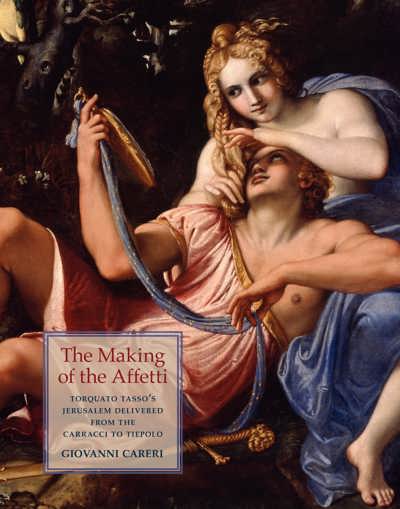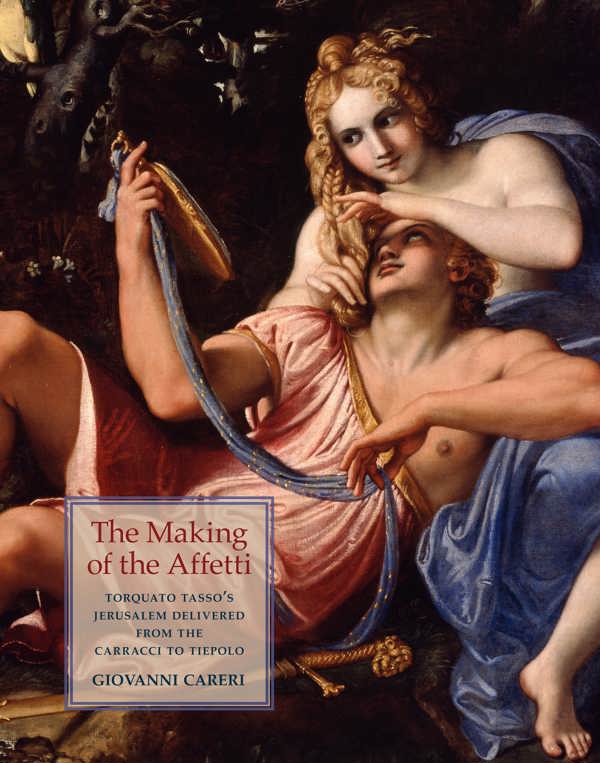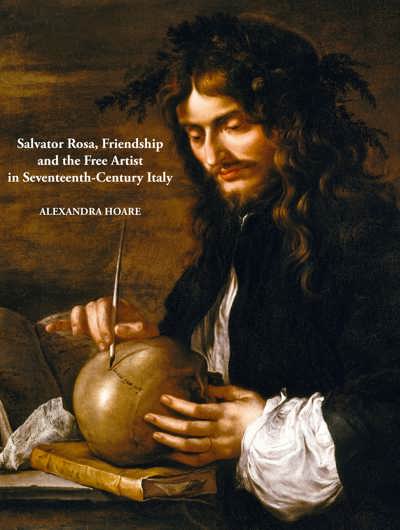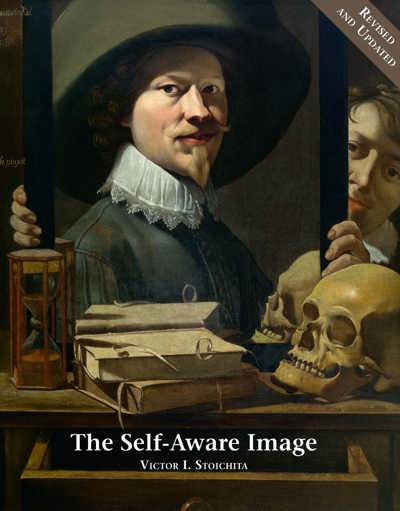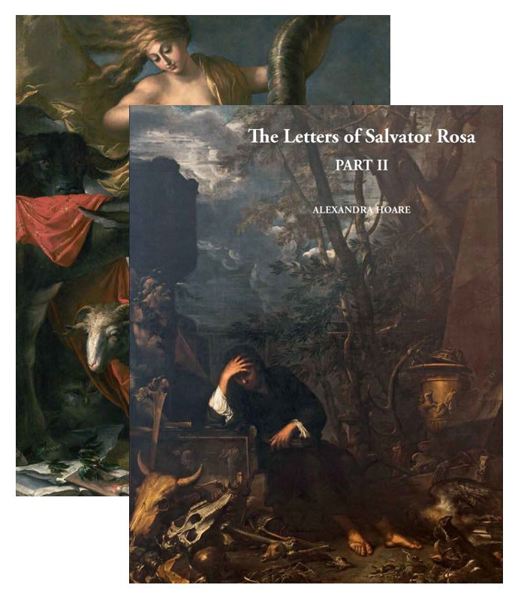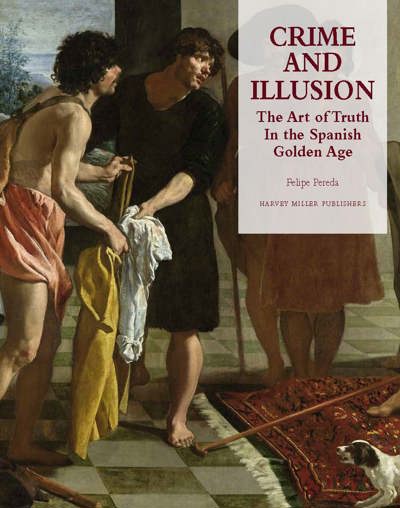
The Making of the Affetti
Torquato Tasso’s Jerusalem Delivered from the Carracci to Tiepolo
Giovanni Careri
- Pages: 284 p.
- Size:220 x 280 mm
- Illustrations:8 b/w, 55 col.
- Language(s):English
- Publication Year:2022
- € 125,00 EXCL. VAT RETAIL PRICE
- ISBN: 978-1-912554-10-2
- Hardback
- Available
Through the paintings of great artists such as Poussin, Tintoretto, Guercino, Tiepolo and dei Carracci, the author explores the affective revolution at the base of the contemporary world.
Giovanni Careri is "Directeur d'études" at the EHESS in Paris and professor of art history and theory at the IUAV University in Venice. Working at the crossroads of art history, anthropology, and semiotics, he has dealt, among other things, with the "montage" of the arts in Bernini’s baroque chapels (Bernini. Flights of Love the Art of Devotion, 1995), the migration of baroque forms (Baroques, 2003), and the visual construct of Christian history (La torpeur des ancêtres: Juifs et Chrétiens dans la Chapelle Sixtine, 2013). His latest book is Caravage: La peinture en ses miroirs, 2015.
Armida reaches out to Rinaldo armed with a long knife. She hates him, she wants to kill him. Cupid restrains her arm, but the left hand of the sorceress already lies on that of the sleeping hero, a touch that leads her to fall in love. The blue and the red divide the scene. Two contrary passions––narrated by Torquato Tasso, depicted by Nicolas Poussin––are depicted across the canvas. Tasso’s Jerusalem Delivered is by definition the poem of the affetti, and on this account it drew the undivided attention of painters, musicians, playwriters and choreographers throughout Europe from the moment of its publication in 1581 onward. Going beyond the narrated action, painters in particular focused on the complex dynamics of passion that Tasso’s masterpiece conveys in literary images, and through new pictorial devices reconfigured the notion of profane affetti in opposition to the affectum devotionis of the sacred texts.
This volume investigates the exchange between the poetic word and the most stimulating works that have interacted with it. Condensed within visual formulas, a variety of themes emerge such as the blurring of the lines between male and female identity, between love and war; the confrontations and exchanges between different cultures through violence, religious conversion, and the assimilation of one another; the modern hero divided between the worldly, affective arena of the court and a locus amoenus where he could be sheltered from the assault of passions. Ultimately, the book examines the political implications of art in relation to court rituals and to all those practices through which power is built and strengthened. Examining the images that permeate poetry and the poetic devices that have found their way into painting, Careri identifies and examines a fundamental moment of reconfiguration in the visual history of passions. Through the paintings of great artists such as Poussin, Tintoretto, Guercino, Tiepolo, and the Carracci, he explores the "affective" revolution at the origin of the contemporary world.
